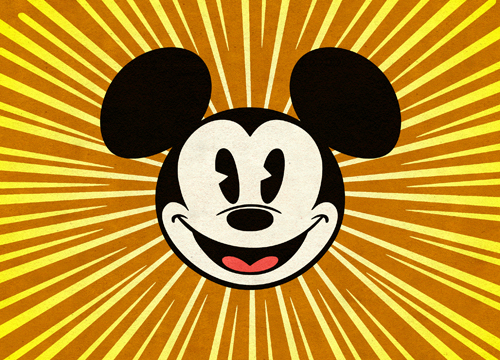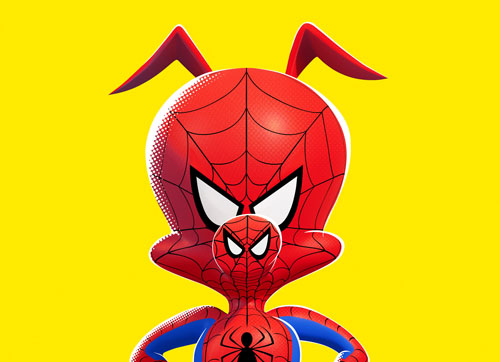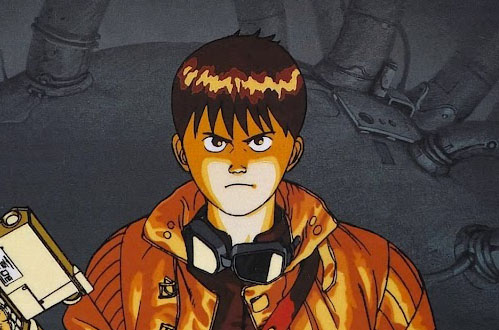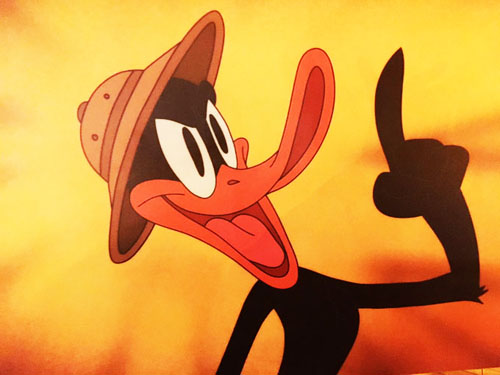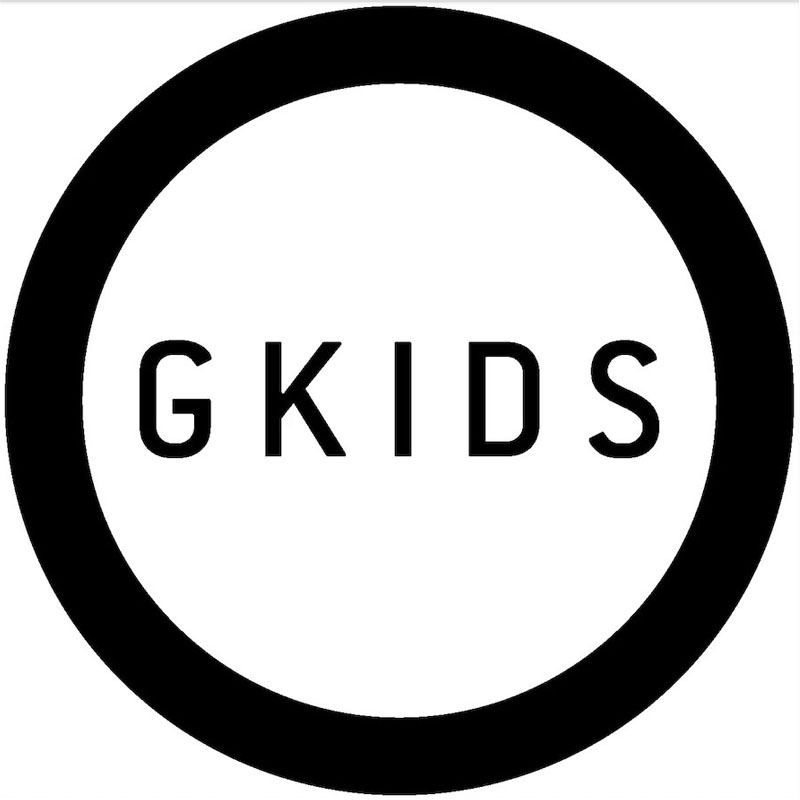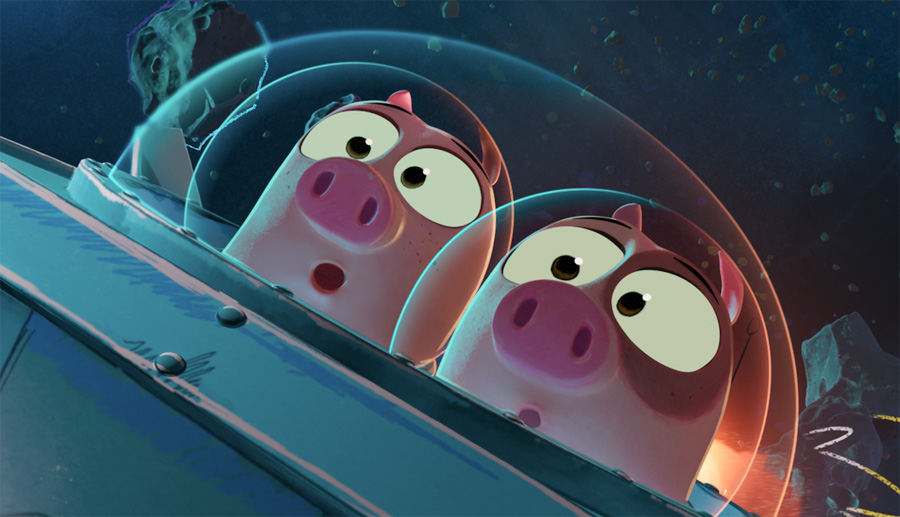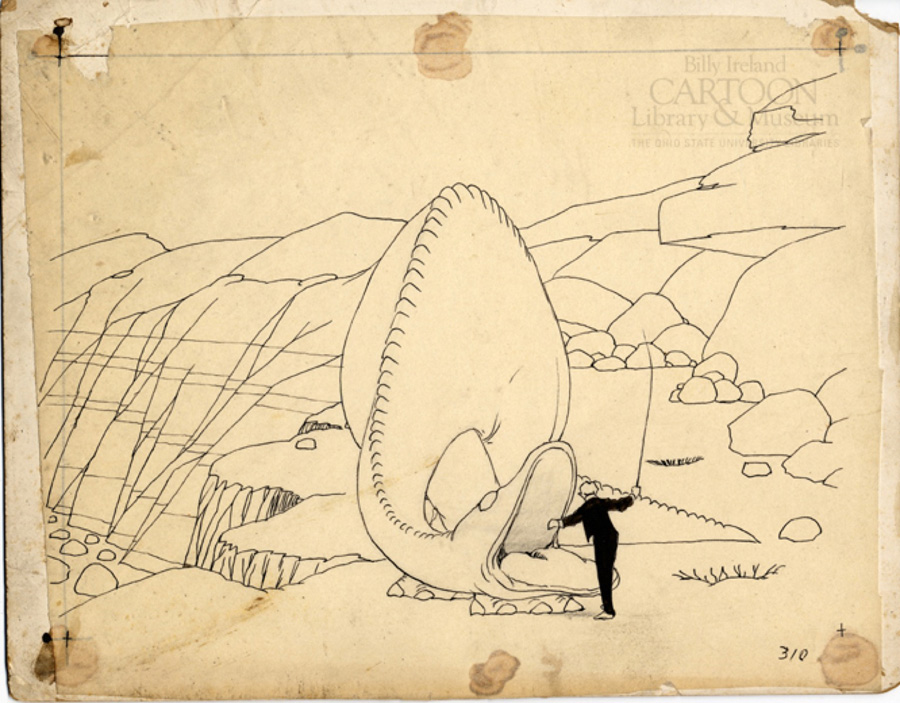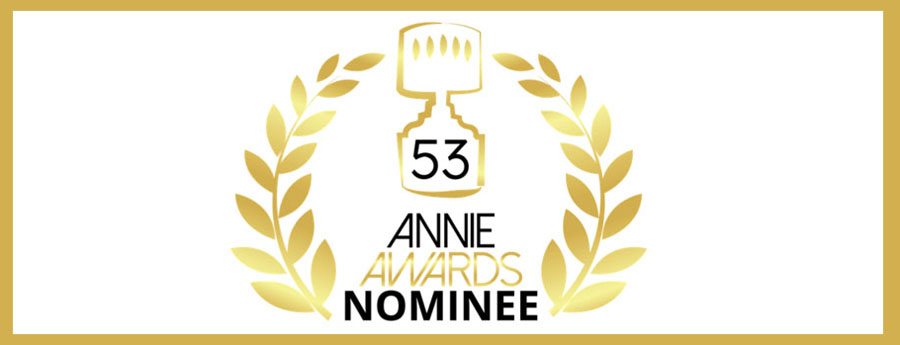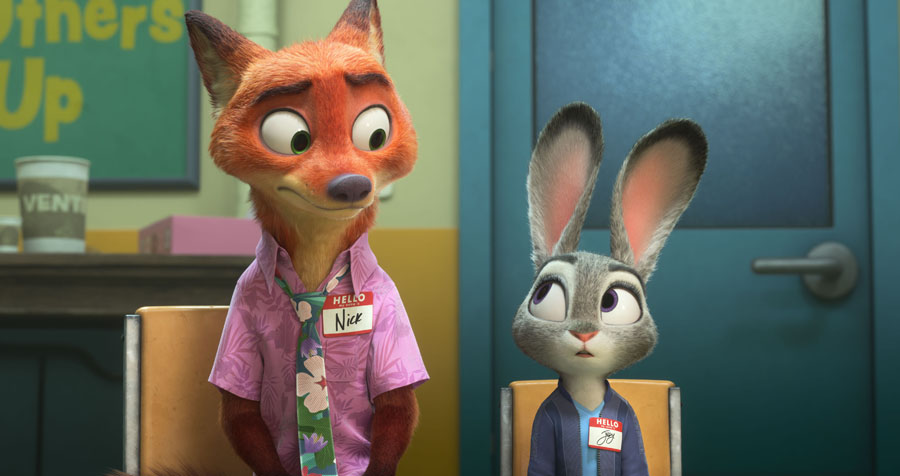Humo is about Daniel, a boy who witnesses and experiences the horrors of The Holocaust. Director Rita Basulto describes the powerful story and some of the short’s unforgettable visual moments in this Animation Scoop Q&A. (This was conducted as an Email Interview and was edited for length and clarity.)
Jackson Murphy: How did the book inspire you to make this short?
Rita Basulto: For years we have co-produced several short films inspired by children’s books from the Spanish publisher OQO. The scripts are adaptations of these beautifully illustrated children’s stories. Taller de corazón, Zimbo and El corazón del sastre are some of these stories that we produced here in Mexico. During our collaboration, the OQO publishing house gave us several printed copies, and it was there where I discovered the book ¨Humo¨ by Antón Fortes and illustrated by Joanna Concejo. The powerful, moving story and the poetry of its intense images moved me to tears and that memory will stay with me for years. The story is told from the point of view of the small anonymous protagonist, defenseless against the horrors of war, a brutal contrast of dehumanization and innocence and his painful awakening, thus achieving one of the deepest and most forceful voices in human consciousness.

JM: When it comes to storytelling, what’s special about a child’s perspective?
RB: I appeal to a world of fantasy, to the nostalgia and innocence that we have lost in adulthood. The perspective of a child brings a deep voice loaded with emotions and pure feelings in an attempt to understand a world with an overwhelming reality. I think that children create an alternate reality, a surreal world, full of symbolic and metaphorical elements that allow them to cope with the brutal reality that awaits them. I chose to tell this story in stop-motion animation because this technique allows us to illustrate in volume and tangible forms those visual metaphors that touch the soul.
JM: What work was done on the details of the cinematography and the characters’ facial expressions?
RB: The characters had interchangeable magnet replacement faces, with clear expressions of their emotional state when cut from shot to shot. There weren’t many, around six for the main character and three for each of the other characters, all hand painted with an acrylic base, nuanced with watercolors and a chiaroscuro finish done with charcoal similar to a drypoint engraving. This was done to achieve more dramatic facial expressions, all with an evident asymmetrical aesthetic. For the final detail on their faces, I used crystal resin eyes to achieve an extremely expressive look that seem to contain tears and make them stand out on their withered paper faces.
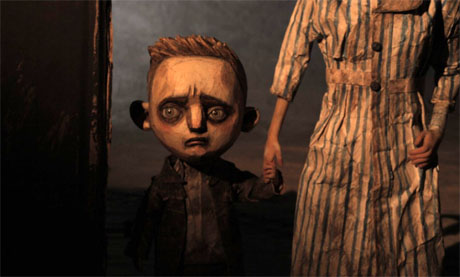
JM: This is a difficult topic to discuss. How did you intend to create that somber atmosphere during the short?
RB: The result we were looking for was a mix of several factors. From the architecture of the short film where the proposal is an absence of a horizon line both indoors and outdoors, the decontextualization of the few symbolic elements in the immensity of a paper aged by time, a metaphor that transports us to a different universe inside the pages of a book. For the lighting design, the rays of light that filter through a non-existent model in our settings, with a deception of shadows and light, the psychology of color, the sound design for the spaces and objects that we do not see. We hear locomotive-like sounds, the echo in a bunker, the soldiers, etc. All of this closes with the musical composition, which reaffirms the atmospheres and mood of our characters, which immerses the viewer into our story.
JM: What aspect of “Humo” did you approach differently than in your previous animated shorts?
RB: The main difference from my previous shorts is the aesthetic exploration of both characters and sets. This time, I looked for a certain minimalism so that it was the story and not the technique that stood out. Going for such a strong relationship requires special aesthetic measures.
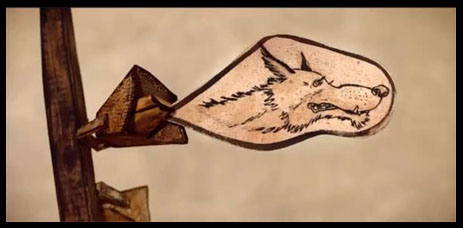
JM: Which sequence was the most difficult to animate?
RB: Probably the scene where the children are carrying a bucket together. The characters, being joined by their hands, made animation very difficult because a movement in one puppet had an impact on the other. Every millimeter affected the progress of movement on the other character, requiring them to continually reposition themselves. Of course that greatly altered the animation. We also had those problems in the scene inside the chimney house.
JM: Can you still enjoy the experience of making an animated short that is very sad?
RB: This is a question that I asked myself repeatedly, especially in the research stage as I was looking into visual references. That process was extremely painful and discouraging because I was studying harrowing images of the concentration camps every day, coupled with the fact that I was only a few months pregnant at the time.
